In today’s rapidly evolving tech landscape, the demand for AI-powered solutions is skyrocketing. AI is being employed across various industries to automate processes, gain insights from data, and enhance user experiences. However, not everyone has the coding skills required to develop AI applications from scratch. That’s where no-code AI tools come into play. These tools empower individuals and businesses to harness the potential of AI without the need for extensive coding expertise. In this blog, we’ll explore the top 10 no-code AI tools that are transforming the way we work and innovate.
No-code AI tools
Let’s explore how these tools are making AI more accessible and empowering users to create AI-driven solutions with ease:
Google Cloud AutoML:
Google Cloud AutoML provides a wide range of AI capabilities, allowing users to create custom machine learning models without diving deep into coding. Its versatility shines as users can build models for vision, natural language, and tabular data. For instance, it simplifies tasks like image recognition, sentiment analysis, and text classification. The user-friendly interface empowers businesses to tackle complex AI projects with ease.
IBM Watson Studio:
IBM Watson Studio fosters collaboration among data scientists, developers, and domain experts. It’s an ideal platform for organizations that value teamwork in AI projects. Beyond its collaborative environment, Watson Studio offers a variety of pre-built models and no-code tools. These tools streamline data exploration, model training, and deployment, reducing the time and effort required to bring AI solutions to life.
Microsoft Azure Machine Learning:
Microsoft Azure Machine Learning is designed to make AI accessible to a broad audience. Its drag-and-drop interface simplifies model building and management. What sets it apart is its automated machine learning capabilities. With autoML, users can let the system take care of algorithm selection and hyperparameter tuning, further lowering the entry barrier to AI development.
AWS SageMaker:
Amazon SageMaker stands as a comprehensive machine learning platform, and its no-code visual interface makes model building accessible to developers and business professionals alike. Furthermore, it seamlessly integrates with various AWS services for data preparation, deployment, and scaling, providing a full-fledged AI ecosystem for cloud-based applications.
Bubble:
Bubble focuses on enabling users to create web applications with AI capabilities without the need to code extensively. It empowers entrepreneurs and developers to build and launch web-based AI solutions. This no-code platform simplifies the integration of AI features like recommendation engines and chatbots into web applications.
Adalo:
Adalo is a versatile no-code platform that lets users design and build both mobile and web apps. Its AI integrations are particularly powerful, allowing developers to enhance their apps with features like natural language processing and image recognition. This means that businesses can create highly interactive and engaging applications without a deep coding background.
Appy Pie:
Appy Pie takes a no-code approach to mobile app development, offering an array of AI-powered features. Its chatbot builders enable businesses to create conversational agents that can handle customer inquiries and support. These chatbots can significantly improve user engagement and provide round-the-clock assistance.
Zapier:
While not a conventional AI tool, Zapier is an essential part of the no-code AI ecosystem. It allows users to automate tasks and workflows by connecting various apps and services. Through AI-driven workflows, Zapier can save users time and streamline processes by eliminating manual tasks.
Lobster:
Lobster is an AI-powered content discovery platform, catering to businesses in need of user-generated content. Its AI algorithms analyze vast amounts of social media posts and images to find relevant content that can be licensed. This not only saves time but also helps businesses discover authentic content for their marketing efforts.
MonkeyLearn:
MonkeyLearn specializes in text analysis, making it a valuable no-code tool for extracting insights from textual data. It offers pre-built models for sentiment analysis, entity recognition, and more. Businesses can leverage MonkeyLearn to gain valuable insights from customer feedback, reviews, and social media data without the need for extensive coding or data science expertise.
The Benefits of No-Code AI Tools

Now, let’s delve deeper into the numerous advantages that no-code AI tools bring to the table:
Accessibility:
No-code AI tools democratize access to artificial intelligence. They bridge the gap between AI experts and non-technical individuals, enabling a broader audience to leverage AI for various applications. This inclusivity extends AI’s benefits beyond tech-centric industries, making it accessible to healthcare professionals, educators, artists, and countless others who can now harness its potential.
Speed and Efficiency:
Traditional AI development can be time-consuming and resource-intensive. No-code AI tools significantly reduce development time, allowing businesses to deploy AI solutions quickly and respond to changing market demands. This agility is especially valuable in fast-paced industries like e-commerce and finance, where rapid adaptation is crucial for success.
Cost-Effectiveness:
By eliminating the need for specialized AI developers, these tools reduce labor costs associated with AI development. Small businesses and startups, in particular, can leverage AI without breaking the bank. This cost-effectiveness democratizes AI adoption, enabling organizations of all sizes to compete on a level playing field.
Empowerment:
No-code AI tools empower domain experts and subject matter specialists to create AI models tailored to their specific needs. This hands-on approach enhances decision-making and problem-solving within organizations. For instance, a biologist can use no-code AI to analyze genetic data, while a marketer can utilize it for customer segmentation, both without extensive coding knowledge.
Iterative Development:
Users can easily iterate on AI models, making adjustments and improvements without the need for extensive coding. This flexibility fosters innovation and continuous improvement. Businesses can adapt their AI solutions in response to changing market conditions, customer feedback, and emerging trends, ensuring that their AI remains relevant and effective.
Reduced Error Rates:
The visual and intuitive nature of these tools minimizes human errors in AI development. This ensures the reliability and accuracy of AI solutions. Whether it’s automating data entry or processing medical images, the reduction in errors enhances the overall quality of AI-driven processes.
Challenges and Considerations
While no-code AI tools offer numerous benefits, it’s important to be aware of the challenges and considerations that come with their adoption:
Limitations:
No-code tools may have limitations in terms of customization and complexity. While they are excellent for many use cases, highly specialized or intricate AI solutions may still require traditional coding. For projects demanding a high degree of customization or unique algorithms, a hybrid approach combining no-code tools with custom code might be necessary to achieve the desired results.
Data Quality:
AI models are only as good as the data they are trained on. Users must ensure that their data is of high quality and representative of the problem they are trying to solve. This involves data cleaning, preprocessing, and validation to avoid biases, inaccuracies, or unreliable results. No-code tools, while powerful, cannot compensate for poor-quality data.
Security and Privacy:
Handling sensitive data requires careful consideration of security and privacy concerns. Users must implement proper data protection measures, such as encryption and access controls, to safeguard sensitive information. Compliance with data privacy regulations, such as GDPR or HIPAA, is crucial when dealing with personal or confidential data, even within no-code AI environments.
Learning Curve:
While these tools are designed to be user-friendly, there may still be a learning curve for those new to AI concepts and terminology. Users should invest time in understanding the fundamentals of AI, data preprocessing, and model evaluation to make the most of no-code AI tools. Fortunately, many resources and tutorials are available to support users in their learning journey.
Scalability and Performance:
While no-code AI tools are excellent for prototyping and small-scale applications, they may face limitations in terms of scalability and performance for large or complex projects. Users should carefully assess whether a no-code solution can meet their long-term scalability and performance requirements or if a transition to custom coding is necessary as the project evolves.
Vendor Lock-In:
Depending on the chosen no-code AI platform, there may be concerns about vendor lock-in. Users should consider whether the tool allows for easy data and model export, ensuring flexibility in case they need to migrate to a different platform or scale their AI initiatives independently.
Model Interpretability:
Understanding how AI models make decisions is essential, especially in applications with legal or ethical implications. Some no-code tools may provide limited transparency into model decision-making. Users should prioritize platforms that offer explainability features, ensuring they can comprehend and validate model outcomes.
Maintenance and Updates:
No-code AI tools often require periodic maintenance and updates. Users should stay informed about platform updates, security patches, and improvements to keep their AI solutions running smoothly and securely. Regular monitoring is crucial to detect and address issues promptly.
Also Read: “How Generative AI Is Revolutionizing Creative Work “.
The Future of No-Code AI Tools
The future of no-code AI tools holds exciting possibilities as AI’s influence continues to grow across industries. Here are some additional insights into what we can anticipate:
Enhanced User-Friendliness:
No-code AI tools will prioritize user-friendliness to an even greater extent. Intuitive interfaces and guided workflows will empower individuals with varying levels of technical expertise to create AI-driven solutions effortlessly.
Democratization of Expertise:
With increasingly accessible tools, AI expertise will no longer be confined to data scientists and developers. Professionals across diverse fields, from healthcare to finance, will harness AI to make informed decisions and streamline processes.
AI for Social Impact:
As these tools become more accessible, non-profit organizations and social enterprises will leverage no-code AI to address critical social issues. This democratization of AI can accelerate progress in areas like healthcare, education, and environmental sustainability.
Personalized AI Assistants:
No-code AI tools will enable individuals to build personalized AI assistants for their daily tasks. Whether it’s automating home management or personal finance, customized AI solutions will cater to individual needs.
Collaboration Across Borders:
The global reach of no-code AI platforms will foster collaboration across borders. Users from different regions will contribute to a shared pool of AI knowledge, leading to the creation of diverse and innovative solutions.
Continuous Learning and Support:
No-code AI platforms will provide extensive resources for learning and support, ensuring users can stay updated on AI trends and best practices. Community-driven knowledge-sharing will be a cornerstone of these platforms.
Conclusion
In conclusion, no-code AI tools are breaking down barriers to AI adoption and fostering innovation. Whether you’re a small business owner looking to enhance your website with AI-driven features or a developer seeking to streamline AI development, these tools offer a promising path to AI integration without the need for extensive coding expertise. As the technology continues to advance, the possibilities for what can be achieved with no-code AI tools are limitless.








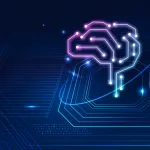
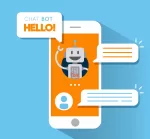
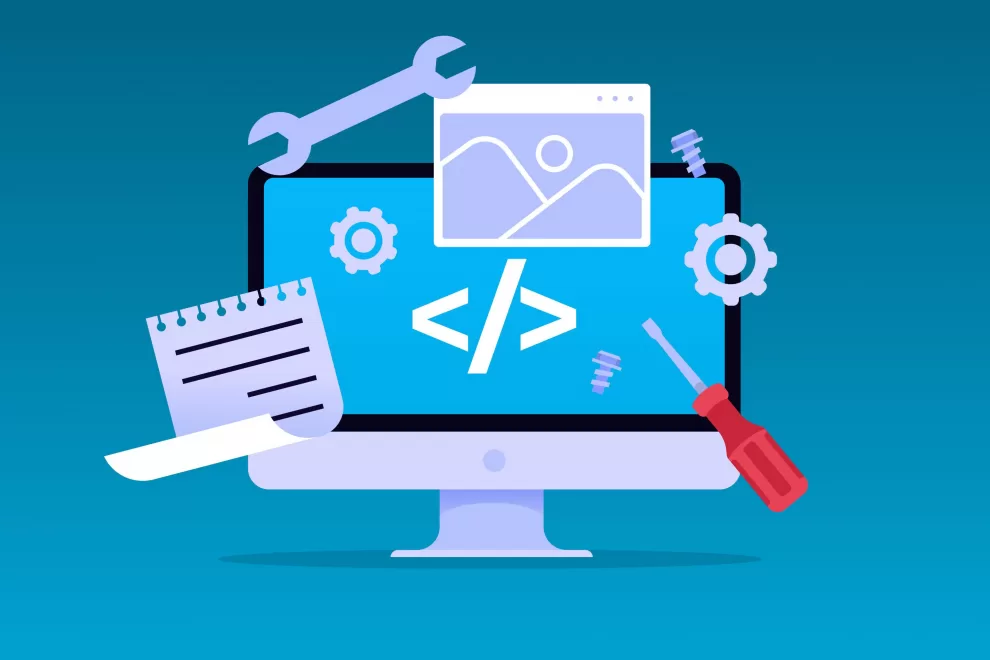


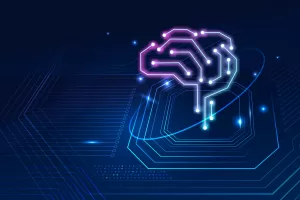





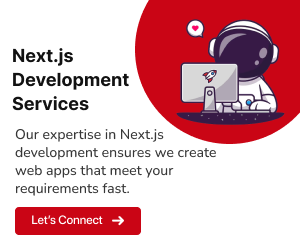

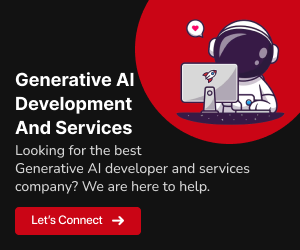
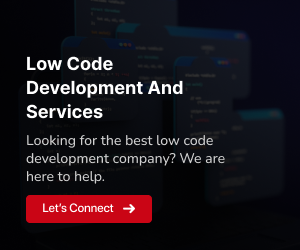
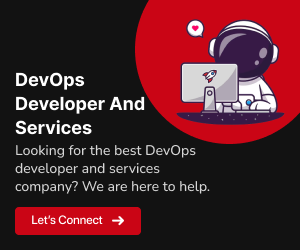


Add Comment